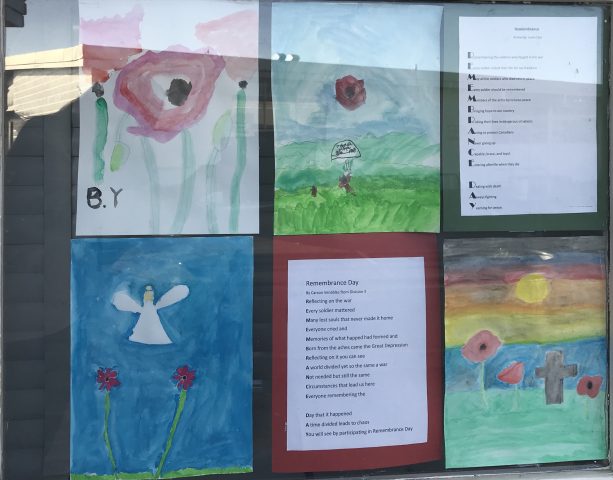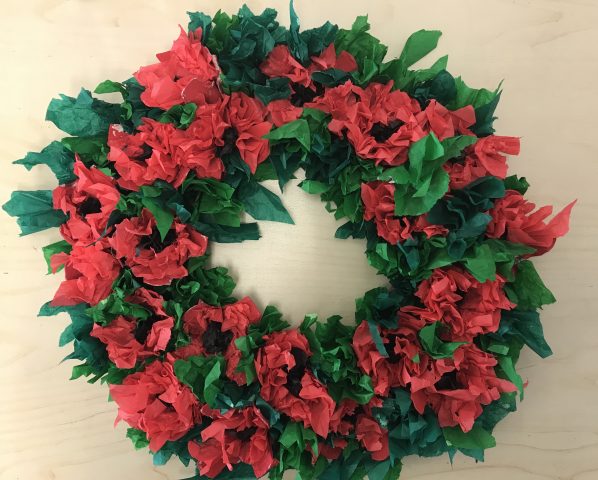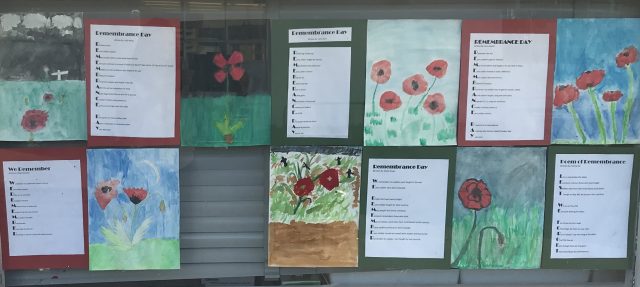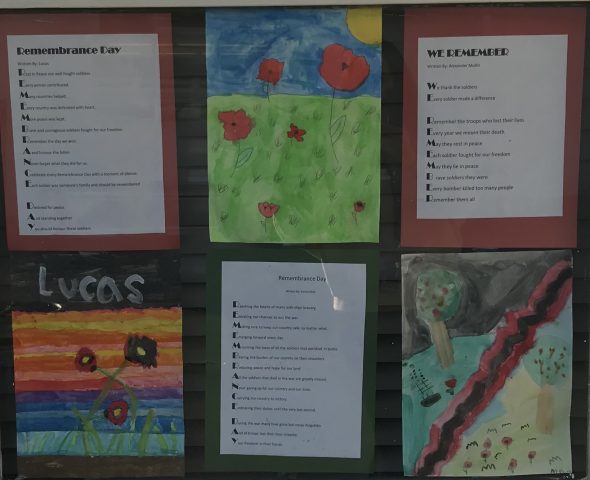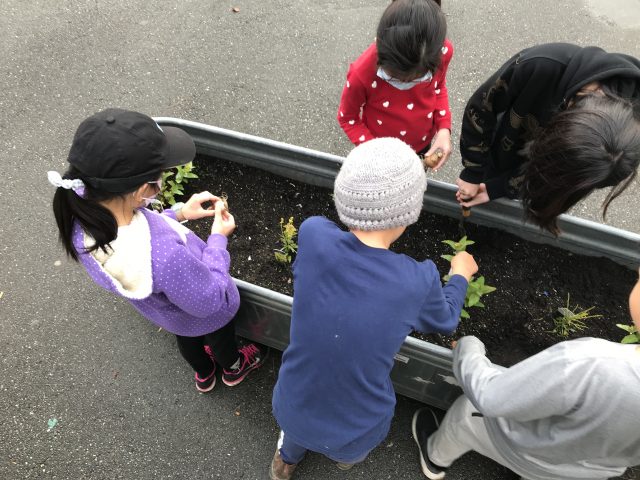This book “Let’s Talk About Race” Written by Julis Lester and Illustrated By Karen Barbour was a springboard for our in-class discussions about race, racism, discrimination, stereotypes, and inequality. In the book Julius Lester describes how our lives are stories and the differences are merely in the details and that beneath our skin we are all the same. Questions students were asked to consider and discuss were:
- Does your story begin when you were born? Why or why not?
- What makes up your story? …
- Is skin colour a part of your story?
- How does the color of your skin affect you?
- What is an important part of your story?
- The author says, “race is a story.” What does he mean by this?
Following this activity students then examined the work of Dr. Martin Luther King Jr.’s and listened to one his his most famous speeches, which he delivered to a quarter of a million people in 1963 in Washington, DC. In his speech Dr. Martin Luther King Jr said, “I have a dream that my four little children will one day live in a nation where they will not be judged by the color of their skin but by the content of their character.” Students were then asked to discuss whether or not his dream has been fulfilled yet and compose an essay with evidence to support their claims. Many students agreed that while progress has been made with regards to eliminating racism. discrimination, and inequality more still needs to be done to achieve his dream.

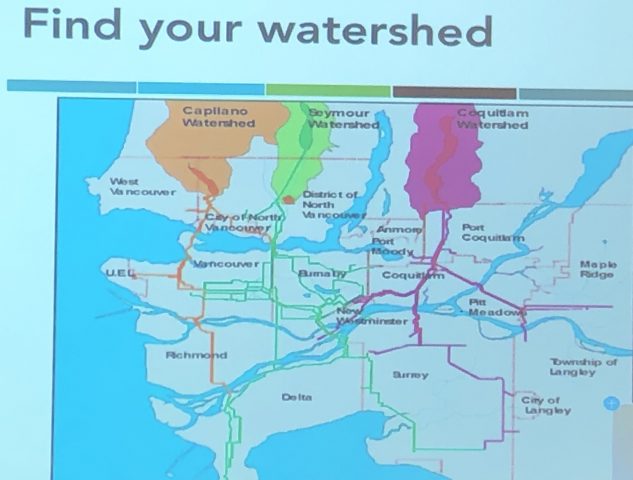
 Dear Aubrey Parents and Guardians:
Dear Aubrey Parents and Guardians: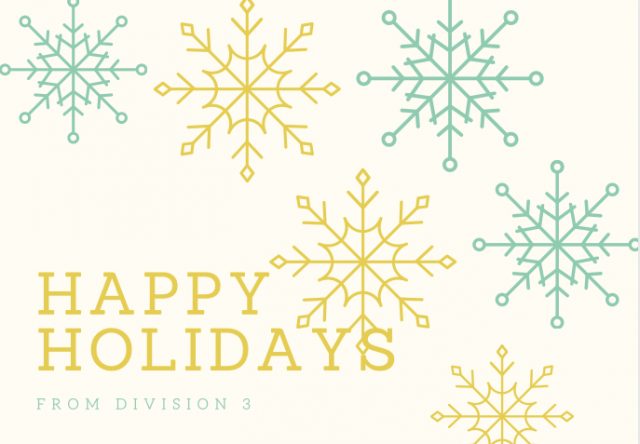
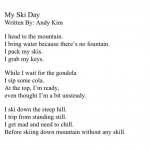
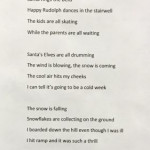
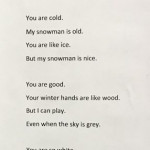
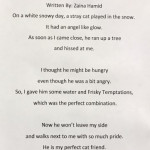
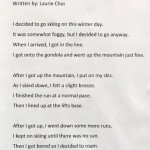
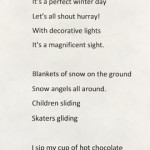
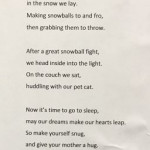
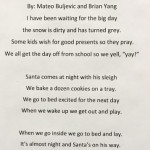

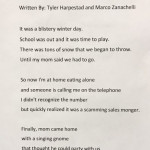


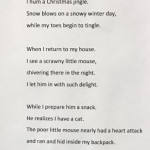
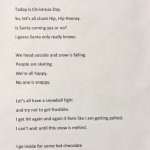



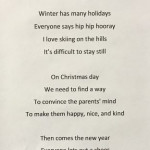

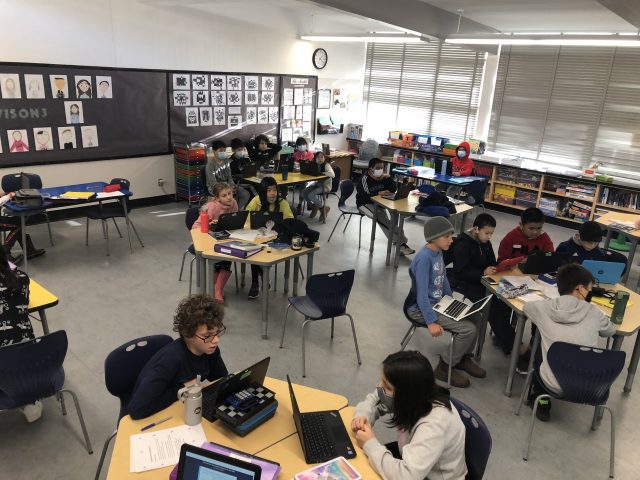
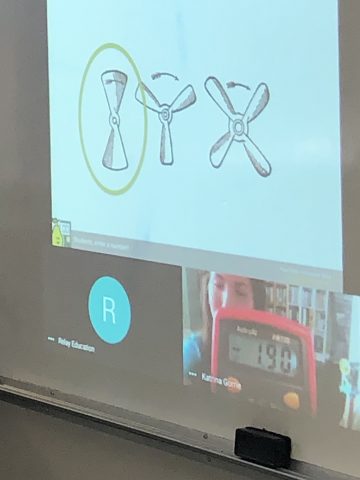
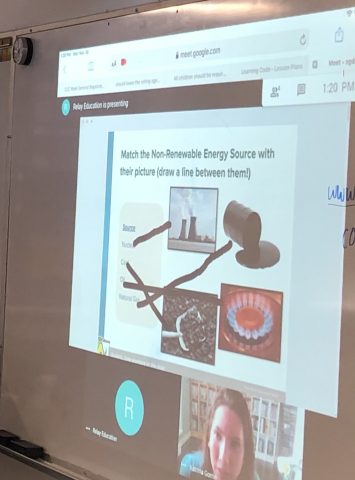
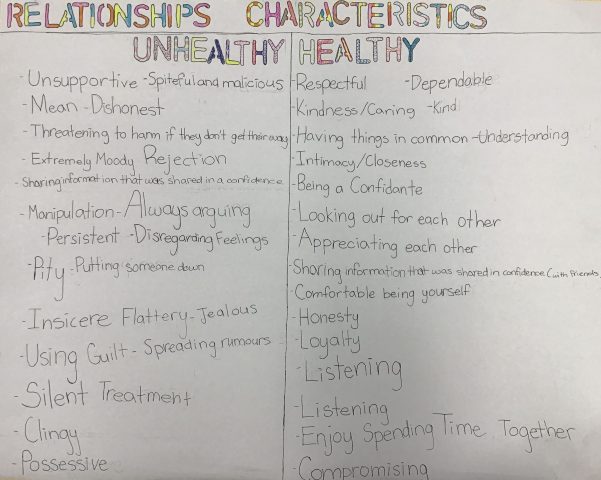 In class we’ve been learning about the different characteristics of healthy and unhealthy relationships and how to treat each other with respect.
In class we’ve been learning about the different characteristics of healthy and unhealthy relationships and how to treat each other with respect.